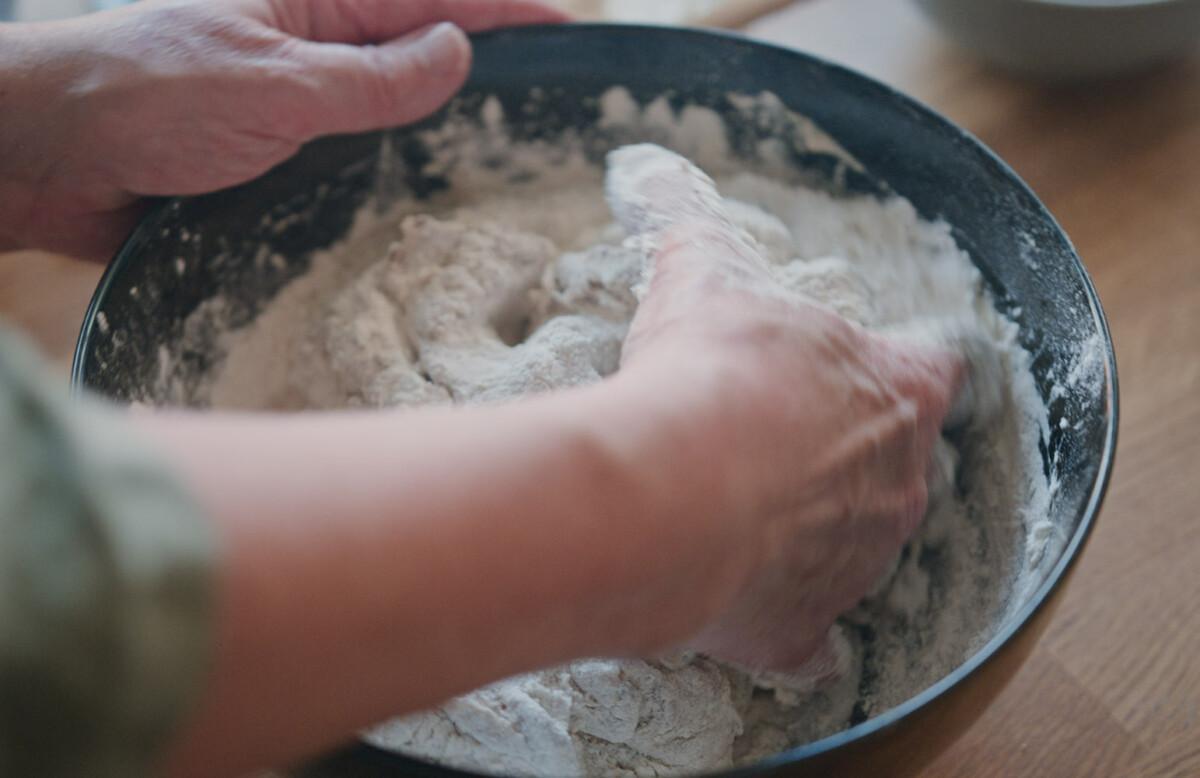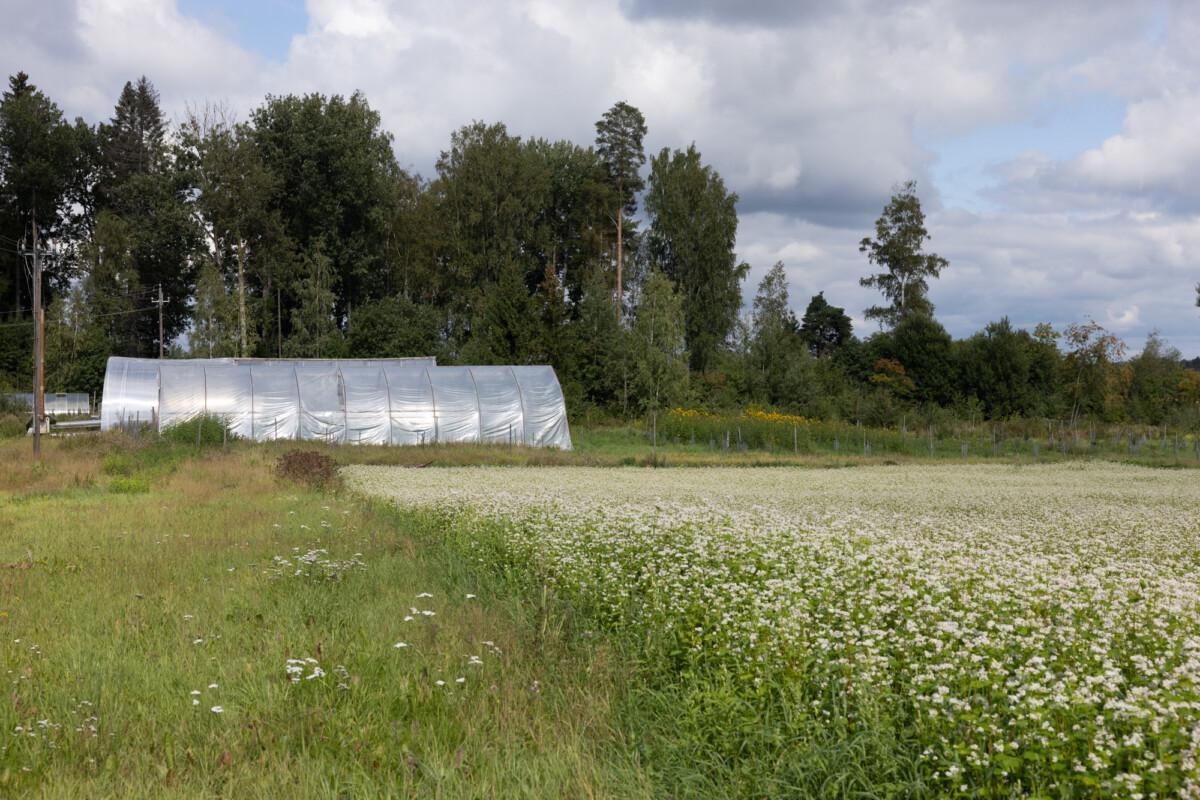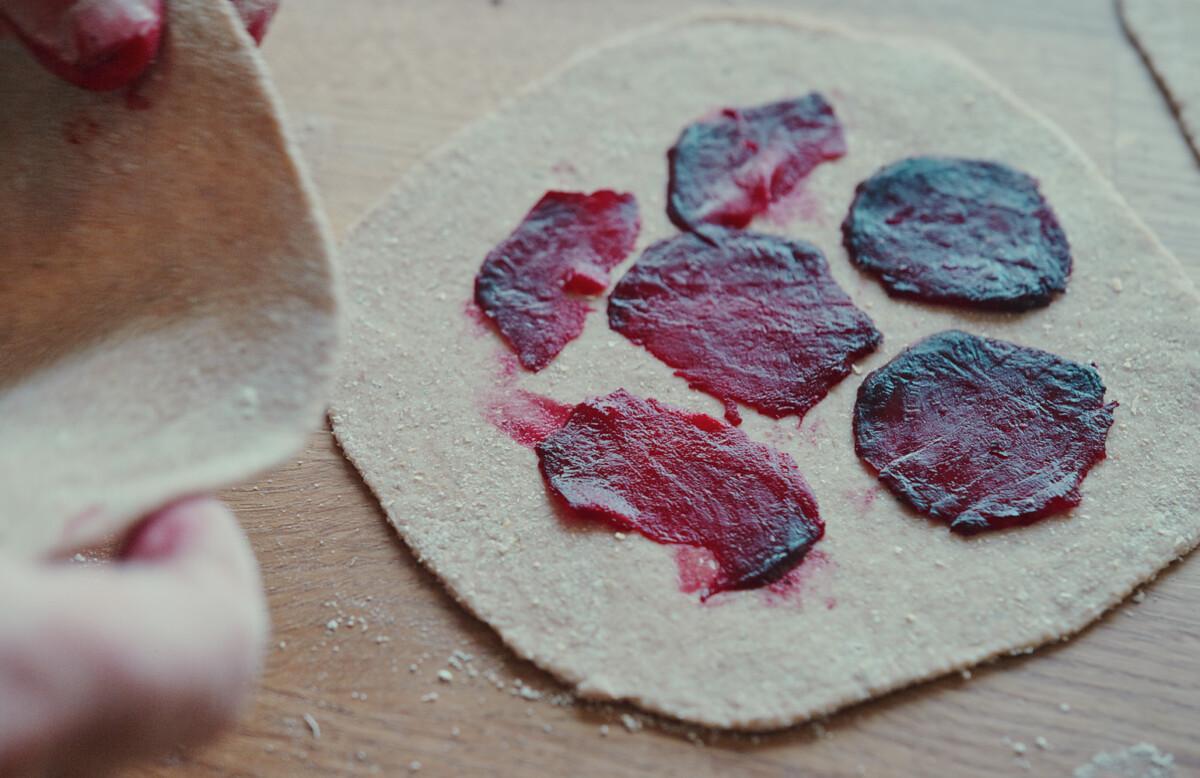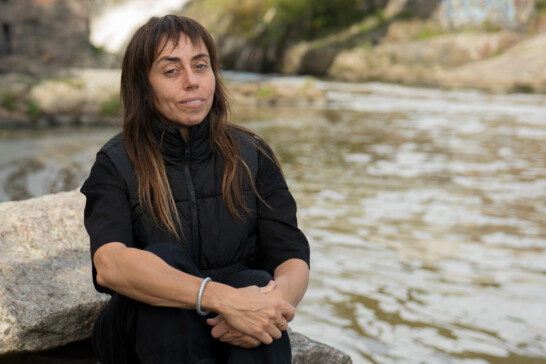News
What is Maaleipä and why do we need it?

IHME Helsinki Commission 2024, Cooking Sections’ Maaleipä Challenge is on. In this article we tell what is Maaleipä – bread for the soil – and why do we need it?
The challenge aims to increase understanding of the importance in baking of good ingredients for the soil, sea, people and climate. At the same time, it highlights farmers who care about the soil, the Baltic Sea, and biodiversity, as well as bakers of Maaleipä bread. The ultimate aim is to promote the cultural change needed in the environmental crisis.
Intensive cultivation of wheat and other grains is depleting the soil and polluting waters. At the same time, the demand for crops to be used in animal feed has reduced the amount of land available for the primary ingredients of human plant-based diets, while intensifying monoculture farming of oats, barley, wheat, and rye.
Kari Koppelmäki, Postdoctoral Researcher at the Ruralia Institute, who was interviewed for the background work on the Maaleipä Challenge, says that many fodder crops, such as barley, are annuals and have small roots, leaving no biomass to feed the soil. In addition, when fodder is transported from crop farms to livestock farms, nutrients are not returned to the fields, but concentrated in livestock-intensive areas. This in turn increases the risk of nutrient run-off into water bodies. The result is a vicious circle that can only be broken by changing food production and support structures.
The Maaleipä Challenge invites everyone to change the food system in their own kitchens by baking bread from nutritious, soil-friendly ingredients. But what are those ingredients? Which grains should be used in bread, and how should they be grown?
It all starts with soil-friendly farming
Joshua Finch, Project Leader at Novia University of Applied Sciences, points out that one of the principles of soil health is diversifying the crops grown on farms:
a wider range of products helps the soil, because plants need different things from the soil at different times, and in different amounts.
For example, the roots of perennial plants go deeper into the ground, nurturing and improving soil structure and adding organic matter. This reduces erosion and prevents nutrient run-off into water bodies.
Jukka Lassila, the farmer at Lassila organic farm, explains that biodiversity is achieved there by maintaining the valuable organism and plant stock, and the diverse vegetation, from the forest garden to the variety of mixed crops in the fields.
On organic, regenerative or agroforestry farms, soil health is maintained through rotational cropping and cover cropping to fix nutrients in the soil naturally, instead of using chemical fertilisers.
Finch also points out that these methods allow the farmer to fine-tune crop rotation so that each field is not to expected to produce the same things all year round, year after year. At the same time, the farmer can ensure the continued running of the farm with a wider range of products.

Maaleipä breads support soil-friendly farming
In bread baking, this diversity can be supported by using as many different ingredients as possible. We recommend the use of ancient and traditional cereals and those in danger of disappearing, but which are more resistant to climate change than industrial varieties. Examples of these are einkorn and emmer wheat. There are also landrace varieties of modern wheat, rye and barley that are often more palatable and nutritious than industrial varieties.
Perennial plants, vegetables or seeds – such as caraway, red clover or alfalfa, wild garlic, chives or hops – can be added to bread. Crops that provide nutrients and fix nitrogen include pulses, legumes, peas, broad beans, and grass-legumes. Carbon-sequestering crops include the grasses and undergrowth that accompany cereals.
Even if these cannot be used to make bread, you can find out which farms foster soil health and biodiversity, and get flour for bread from them or look for it in your local shop. For tips on small producers, farm shops and mills all over Finland, check out the blog on the Juuren talo website (only in Finnish).
Maaleipä breads also take into account variations in soil and climate conditions in different parts of Finland. Rye grows well in the north and wheat further south. This means that breads are different in different parts of Finland, and environmental diversity can be given priority in both the raw materials and even the shape of the bread. You can use ingredients found in forests or meadows, as well as home-grown plants and root vegetables.
Microbes play an important role in maintaining soil health, so it is worth incorporating this into your own bread by baking with sourdough. Baking with a sourdough starter gives your bread a rich microbiota, which is good for the gut. The most important thing to remember is that Maaleipä breads are made from natural ingredients, with no artificial preservatives, additives or flavour enhancers.

Maaleipä bread nourishes creativity
As we change the climate, the available raw materials change, too. When devising a Maaleipä bread, you can also try to look to the future. As the climate continues to warm in Finland, the growing season will become longer, and varieties such as buckwheat, flax, sunflower, hemp and the high protein pea crops blue and white lupin may become more common in its fields. Corn, watermelon and grapes, for example, will also grow here.
As inspiration for the domestic crops of the future, we recommend Kerttu Kotakorpi’s book Suomen luonto 2100. Tutkimusretki tulevaisuuteen. (Finnish nature 2100. An expedition into the future, only in Finnish). Although domestic ingredients are to be preferred in Maaleipä breads, you can already try out a few that do not yet grow in Finland, but which will probably become more common as the climate heats up. Ultimately, the variety of ingredients in Maaleipä bread is only limited by your own creativity.
Eliisa Kuusela, a bread-culture entrepreneur, encourages you to boldly experiment with different raw materials in bread. Water, flour and salt are the basic ingredients of bread dough, but you can vary dry matter and liquids a lot. It is also possible to bake completely salt-free bread. According to Kuusela, bread dough can contain dozens of raw materials, and it would be amazing to try to bake bread with as many as 100 different ingredients.
Read more about the Maaleipä challenge and enter the competition. Let’s get together to make the cultural change we need in the environmental crisis!
Translated with DeepL.com (free version). Revised by MG.

